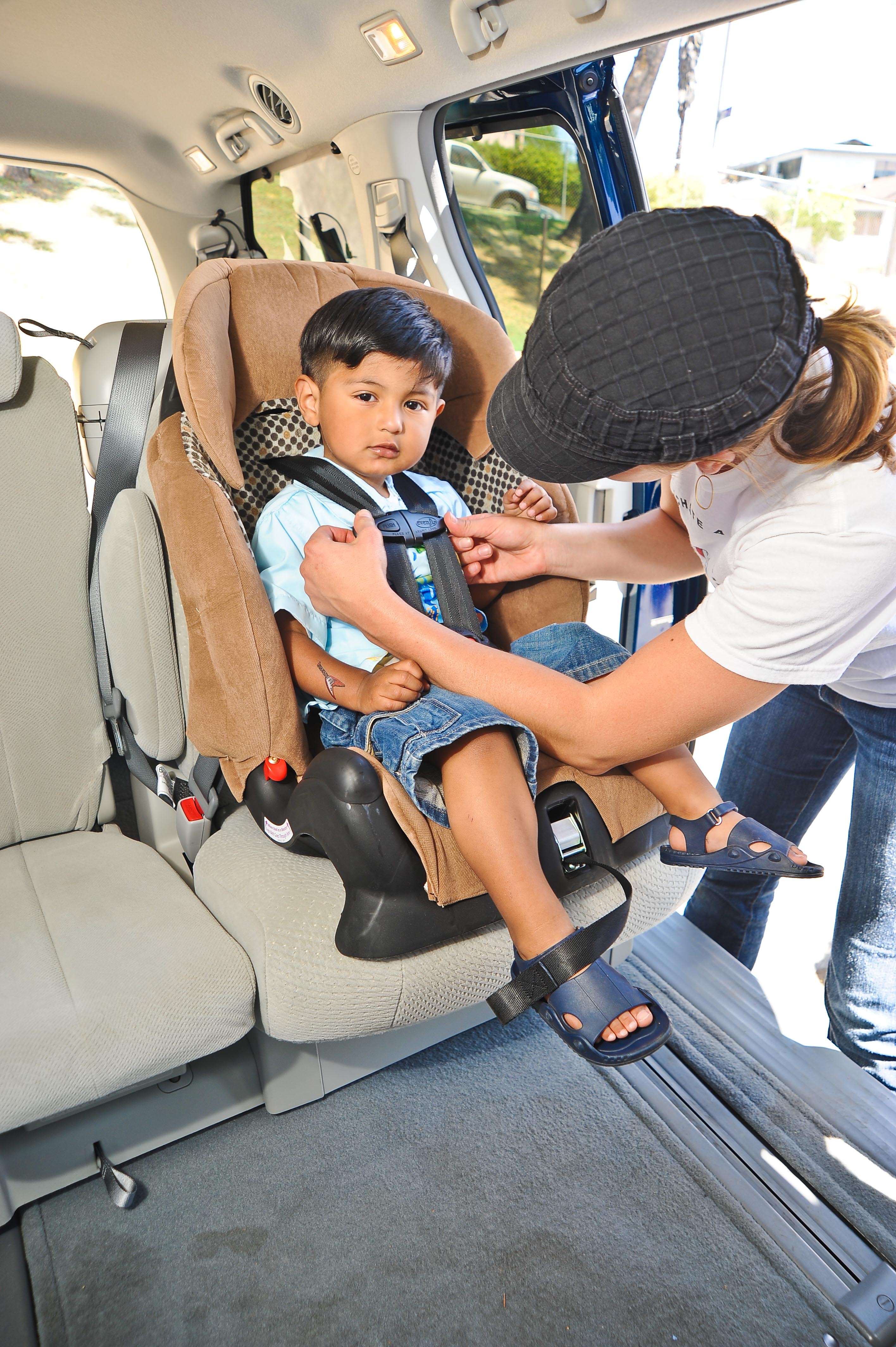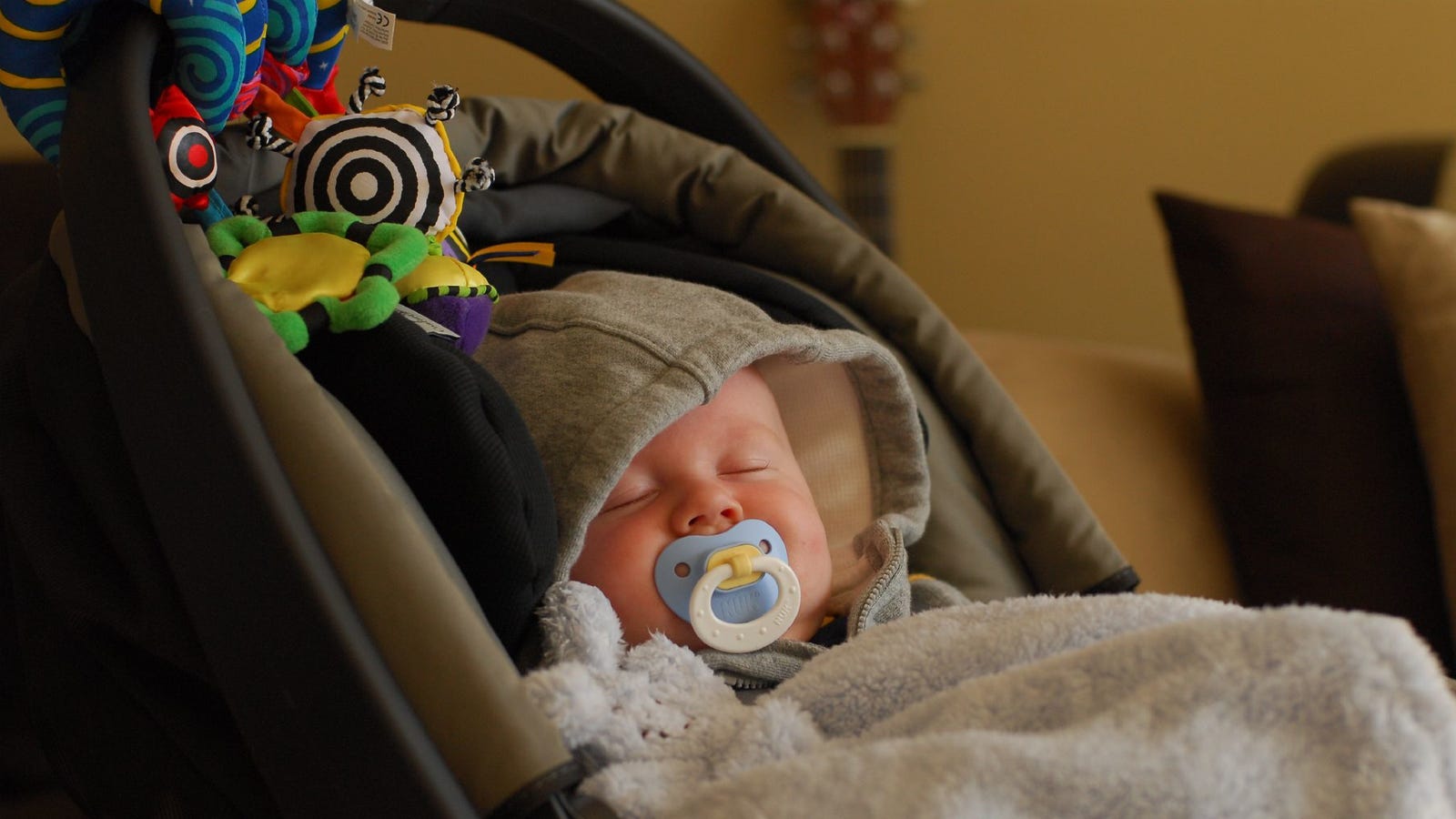

Make sure you always put your baby into their car seat from the pavement side of the car.These often take place in supermarket or shopping mall car parks.
#WHEN DOES BABY CHANGE CAR SEAT HOW TO#

You can also buy combination seats that cross over these groups, such as group 0+/1 seats, which are suitable from birth until your child weighs about 18kg (40lb) or is aged about 4. group 2/3 – rear or forward-facing high-backed booster seats suitable for children who weigh 15-36kg (33lb-5st 9lb) or are aged from about 4 to 11 years.group 1 – rear or forward-facing seats suitable for children who weigh 9-18kg (20-40lb) or who are aged from about 9 months to 4 years.group 0+ – rear-facing car seats suitable for babies aged up to about 15 months or who weigh up to 13kg (29lb) some can be clipped on to a pushchair frame and are known as travel systems.What size car seat?Ĭar seats are divided into 3 main groups, depending on your baby or child's age and weight: Visit the Royal Society for the Prevention of Accidents (RoSPA) child car seats website for more on i-Size car seats. At the moment there are only a few i-Size seats on the market in the UK and not all cars have Isofix connectors. Your car must have Isofix connectors for you to be able to use an i-Size car seat. The idea is that all car seats will eventually meet the tighter i-Size safety standards. It's part of regulation ECE R129, which will eventually replace the old safety regulation R44/04. I-Size is an European safety standard for baby and child car seats. All car seats in this country should be EU approved.If you'll be lifting your baby in and out of the car a lot, for example, you may be better off getting a lightweight seat with a base that stays in the car. Think about how you will be using the car seat.Only accept a car seat from friends or family if you know its history, it's not too old and it comes with instructions.
#WHEN DOES BABY CHANGE CAR SEAT PLUS#
It may also not be the safest and most user-friendly model, plus it may not fit your car properly. It could have been damaged in an accident, and may not have all its parts, including the instructions. Always choose a baby or child car seat that's right for your child's current height and weight – see What size car seat? for more.If your baby is likely to travel in another car regularly – for example, with other family members – check the car seat fits their car, too. Some car seat manufacturers have online guides showing which cars their seats will fit in.They may be hidden in the cracks between the padding of your car seats. These are designed to make fitting baby and child car seats simpler. Check whether your car has Isofix connectors built into it.Ask whether staff have been trained in fitting car seats. Try to find a retailer who is willing to help you with this. When buying a car seat, it's best to try a few in your car before making a decision.

It's a good idea to practise fitting the seat before your baby is born. If you have your baby in hospital or a birth centre, you will need the car seat to drive your newborn home safely.

It's important to buy a seat that fits your car and is suitable for a newborn. It's recommended to buy a baby car seat before your baby is born if possible.


 0 kommentar(er)
0 kommentar(er)
